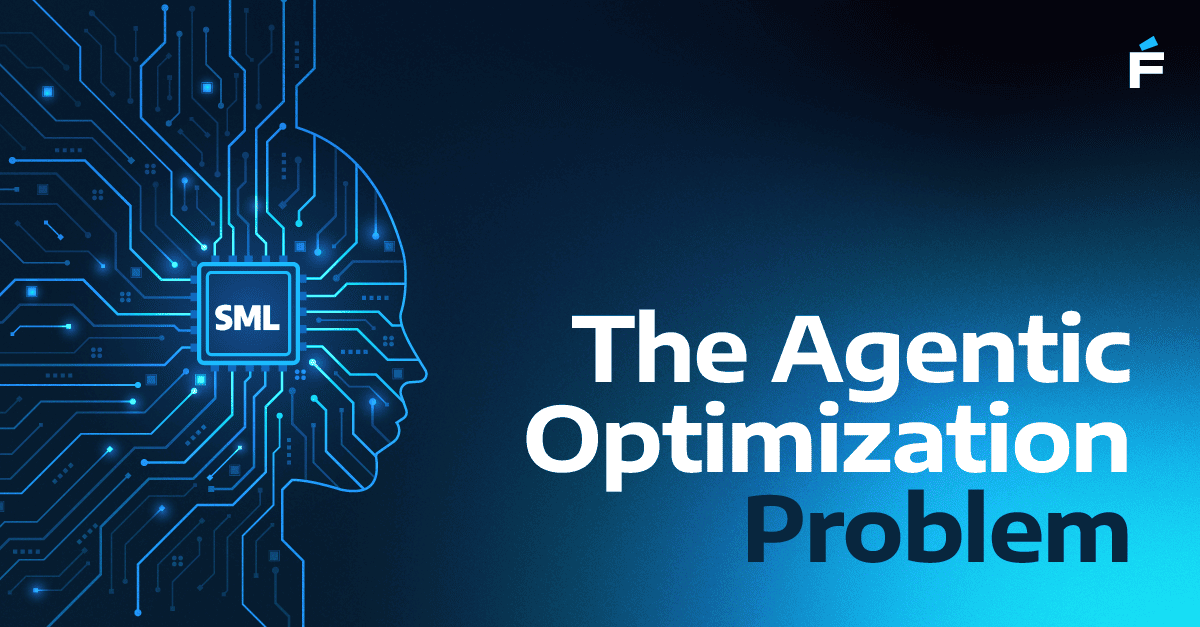Introduction
Throughout the past two decades, software development approaches have gradually moved toward various agile models. Given the rapid changes within software development needs, best practices have evolved with time, moving progressively toward continuous delivery and faster speed to market.
However, rigorous testing of a product’s performance is often seen as less important than hitting a project’s deadline in the chase for speed. But did you know that, on average, a developer creates 70 bugs per 1000 lines of code? Debugging them takes 75 percent of a developer’s time, which amounts to 1500 hours a year.
With test-driven development (TDD), the speed vs. quality dilemma can be resolved once and for all, and the TDD practice is gaining popularity. The Test-Driven Development (TDD) approach ensures that quality comes first. It’s one of the latest approaches that has become popular in the agile software development niche.
This article will take a deeper look at the pros and cons of test-driven development and review the main reasons why this software development approach can help organizations from startup to enterprise when used effectively.
What is Test-Driven Development (TDD)?
The main idea behind this methodology is to write tests to specify and validate what the code must do. Simply put, it’s the practice of writing a test for a piece of functionality before writing the code. It instructs developers to write new code only when an automated test has failed. As a result, this idea allows developers to take time to analyze the design or the main requirements for the final product before writing the main code.
The key difference between TDD and traditional programming methods is that TDD focuses mostly on tests. The traditional development process is linear; in this case, the code is written first, and all the tests are run at the end of the development process. The test-driven development cycle consists of ‘red-green-refactor’ short phases.
Let’s dig deeper into the main pros and cons of test-driven development for you to make sure you make the right choice for your organization.
Why Implement a Test-Driven Development Approach? The Pros of Test Driven Development
The TDD method is a more balanced approach for software development which is mostly related to the three main activities: coding, testing, and designing. Instead of chasing an optimal solution, the code and the test for that code are built for one use case at a time. Overall, it can streamline the software development process and make it more efficient by delivering feedback faster and encouraging developers to write solid, clean code.
Let’s take a deeper look at the fundamental TDD advantages:
1. The Software Design Becomes Modular
When using the TDD approach, developers narrow their focus to a single feature at a time, not moving to the next one until the associated unit test is passed. Written in such iterations, the code quality is naturally enhanced, making it easier to discover bugs and reuse the code, as well. When the code eventually becomes modular, and thus, unit-testable, it contributes to better solution architecture. This corresponds to modular software design principles and teaches developers to keep the code clean.
2. The Code is Easier to Maintain
Arranged code is much easier to deal with when it comes to modifications. When the TDD approach is applied, developers naturally produce a cleaner, more readable, and manageable code. Focusing on smaller and more digestible code chunks requires less effort from developers and makes it easier to adhere to test requirements. Clean code especially comes in handy when the tasks are transferred between different members of the product team.
3. Code Refactoring Goes More Smoothly
One of the greatest advantages of test-driven development is making the code much more manageable. Furthermore, TDD helps to significantly cut the total hours spent on testing and maintenance activities. Some studies show that application maintenance requires twice as much as time without TDD, compared to software development lifecycles where TDD is used.
Refactoring is the next mandatory part of the TDD process, which stands for optimization of the existing code and pursues one goal — to make it easier to introduce. If the code for a small feature or an improvement passes the initial tests, it can be refactored to acceptable standards. This test-driven approach works just as well with legacy code because it follows the same sequence: add one more test, run it, see if the new one fails, write code, test, refactor, and repeat.
4. Project Costs Decrease, ROI Goes Up
With the implementation of the TDD approach, the general cost of product development typically decreases, as maintenance and bug fixes take less time and effort. The result is a lower cost for building a custom marketplace, SaaS products, and other custom solutions.
Keep in mind that these cost savings occur over the lifecycle of the product. In the short term, TDD will almost always cost more since additional testing costs are associated with the project.
However, without the “test-first” approach, most projects become expensive in the long run. Plus, when there is no test code coverage, this project will be at a higher risk of failure — various bugs and technical issues can quickly add to your product’s budget. Without built-in testing standards, most development teams will spend more time fixing all these bugs.
In summary, TDD can reduce your time-to-market speed. It will cost more in the short term, but typically reduces a project’s overall cost while increasing quality and mitigating the risk of failure.
5. TDD Documents the Code Better
When using this approach, there’s no immediate need to spend time creating detailed and time-consuming documentation that is extremely hard to maintain. Since there are many simple unit tests involved, they can act as documentation and illustrate how the code is supposed to work. It also frees up the time and resources of both programmers and testers for their initial tasks.
6. Developers Have Less Debugging to Do
Fewer bugs and errors are the primary benefit of the TDD approach. When the code has fewer bugs, you’ll spend less time fixing them than other programming methodologies. TDD produces a higher overall test coverage and, therefore to a better quality of the final product.
As codebases grow in size, they become more difficult to change. These larger codebases are at a greater risk when the traditional “test-at-the-end” approach is used, as bugs are more challenging to find. With a bigger haystack, it’s even more difficult to find the needle.
When a TDD approach is used, it is easier to identify errors in a shorter timeframe. Plus, developers are notified sooner when something breaks.
What about the Cons of Test-Driven Development?
As with any software development methodology, TDD also has drawbacks that can hinder teams from implementing the approach.
1. TDD Slows Down the Development Process
If you’re pressed for time and need to quickly launch your product or solution, the TDD approach may not be your best choice. The implementation code may not be ready on time because a team will be busy writing tests first. It’s a common notion that TDD takes more time and therefore costs more, but our experience shows that this is true only for short-term projects. In the long run, when the number of sprints surpasses double digits, TDD will be beneficial from a quality, budget, and speed perspective.
2. TDD Approach is Difficult to Learn
If your team has never worked with the TDD methodology before, it may be pretty challenging for them to learn and adjust to its principles. Numerous misconceptions stop engineers from learning TDD. The process requires skills, persistence, and discipline. It’s easier to introduce TDD in earlier product phases when the architecture is rather simple, and you will need leverage to gain momentum and fast iteration. Otherwise, TDD can meddle with your time and resource allocation in the case of more mature products.
3. TDD is an "All or Nothing" Approach
This approach may seem a little overwhelming at first: not every developer is trained in the mindset to focus on one thing at a time and write tests before seeing the code. The TDD approach can influence code planning — this is why for the TDD to work, each development team member must know and adhere to the methodology’s principles.
4. TDD is Challenging to Support and Maintain
This is probably one of the most significant disadvantages of TDD. When the requirements for a product are changed, the tests must be changed to adapt. Then, you’ll have to re-write code to fit the new tests. Fundamental requirement shifts are costly in any development model, but with TDD, these changes in scope can significantly affect deadlines.
Is Test-Driven Development Worth it?
The concept of “test cases first” brought by TDD has numerous benefits. When developers practice the test-driven development approach, they build a safety foundation to find all the bugs before damaging the whole system. This methodology ensures consistent quality, even when the code is constantly enhanced and altered in multiple ways. It leads to a more flexible and modularized codebase because developers think of the software in terms of tiny units which are coded and tested independently.
Is test-driven development the right choice for your organization? There’s no one-size-all approach to building custom software, but our team of product experts can help advise on whether TDD is the optimal methodology for you.
Still kicking the tires? Learn more about our Forte Group QA services.
Drawing on more than 25 years of QA and testing experience, our mission is to deliver world-class products faster without sacrificing quality. We’re your reliable software delivery partner that can help you get the most out of your project.





